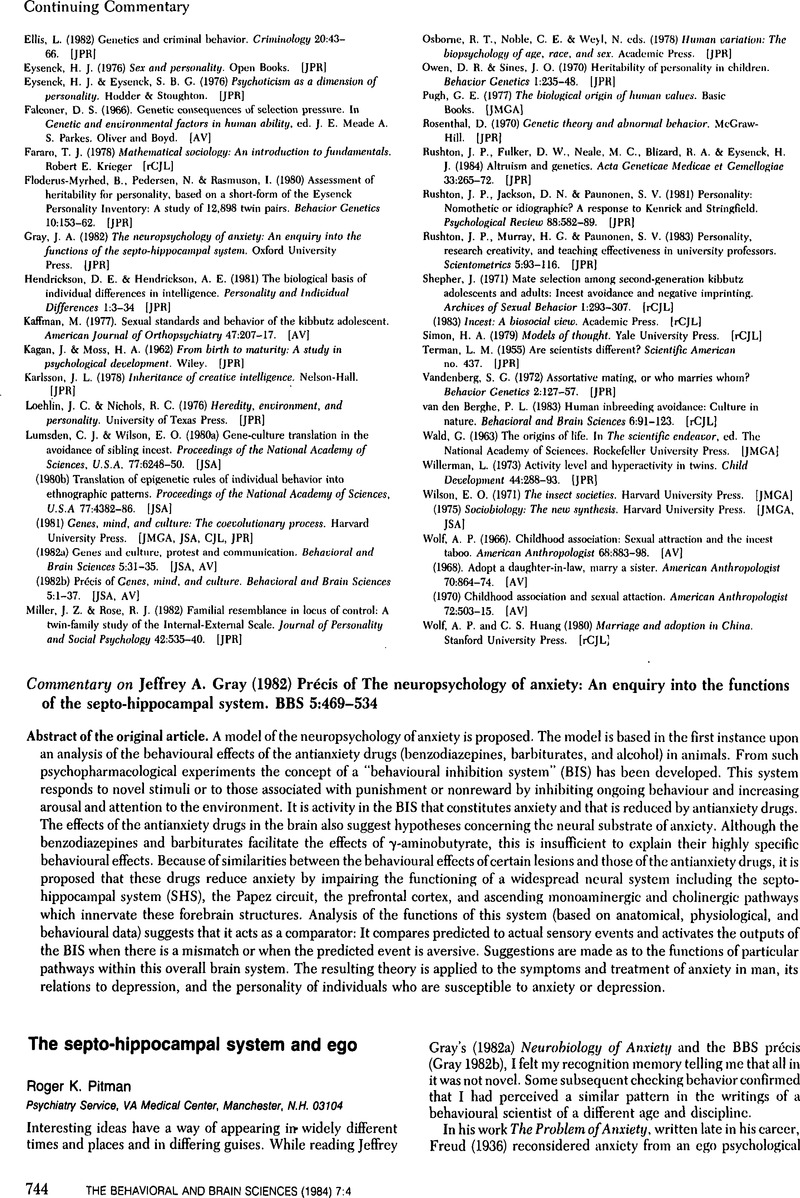Rescorla, R. A. &
Wagner, A. R. (
1972) A theory of Pavlovian conditioning: Variations in the effectiveness of reinforcement and nonreinforcement. In:
Classical conditioning, vol. 2 Current research and theory, ed.
Black, A. &
Prokasy, W. R..
Appleton-Century-Crofts. [rJAG, NAS]
Google Scholar 